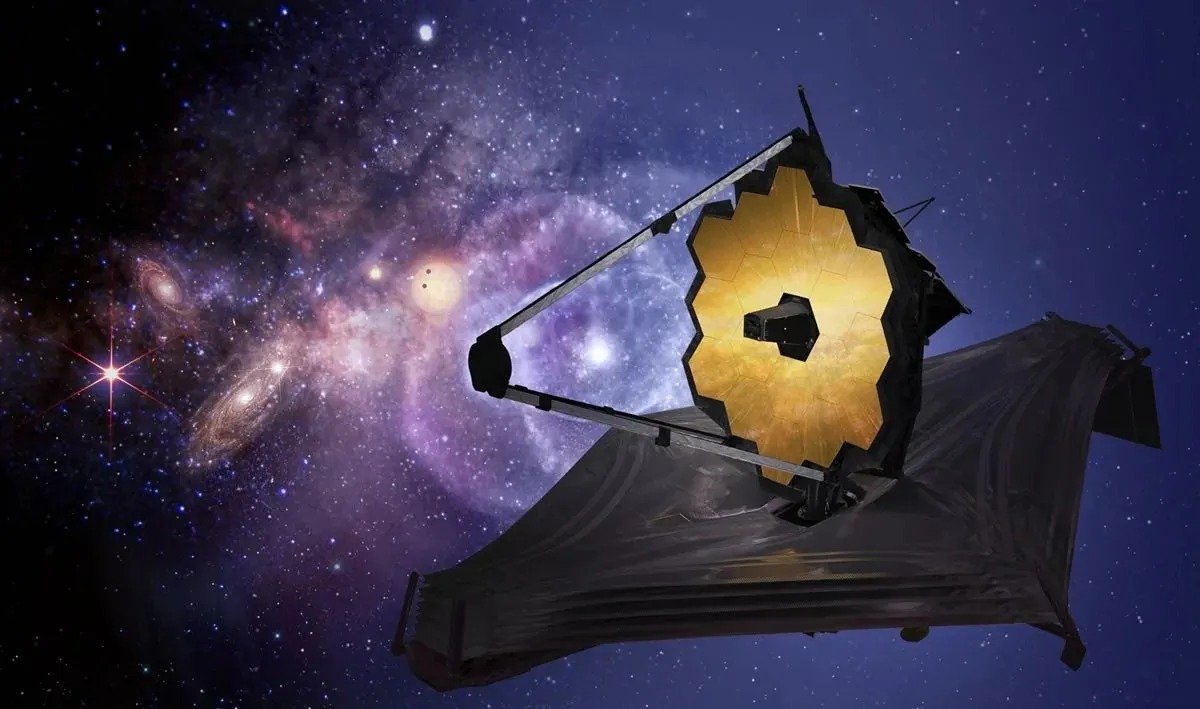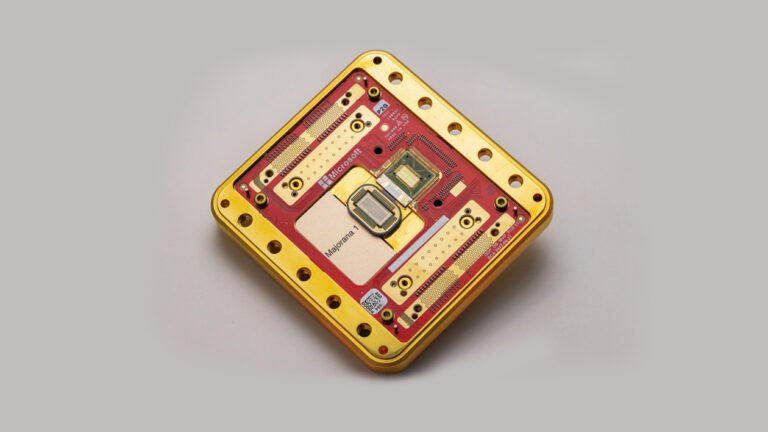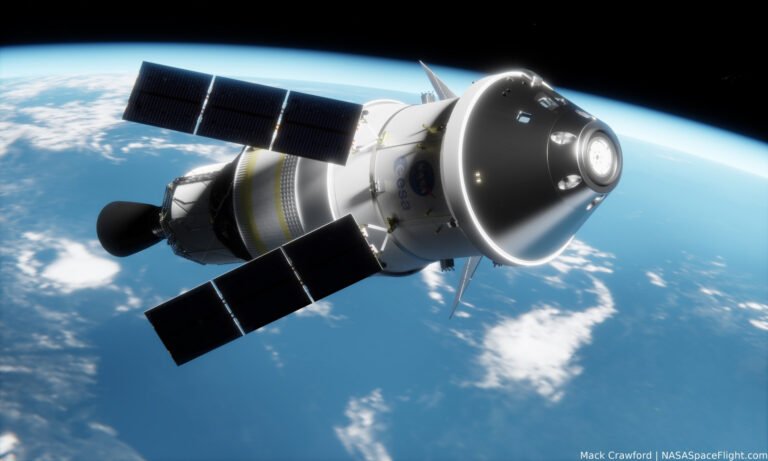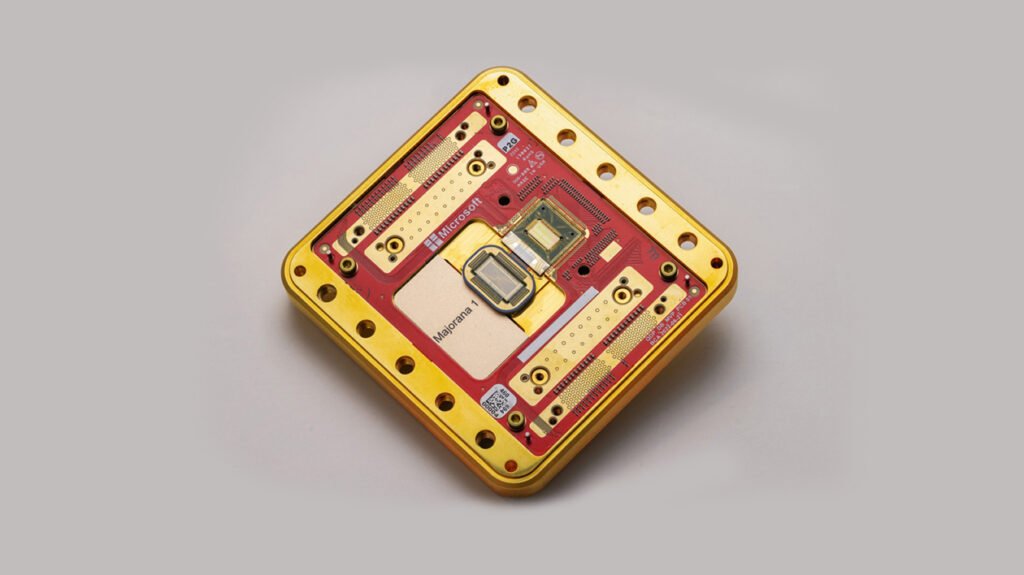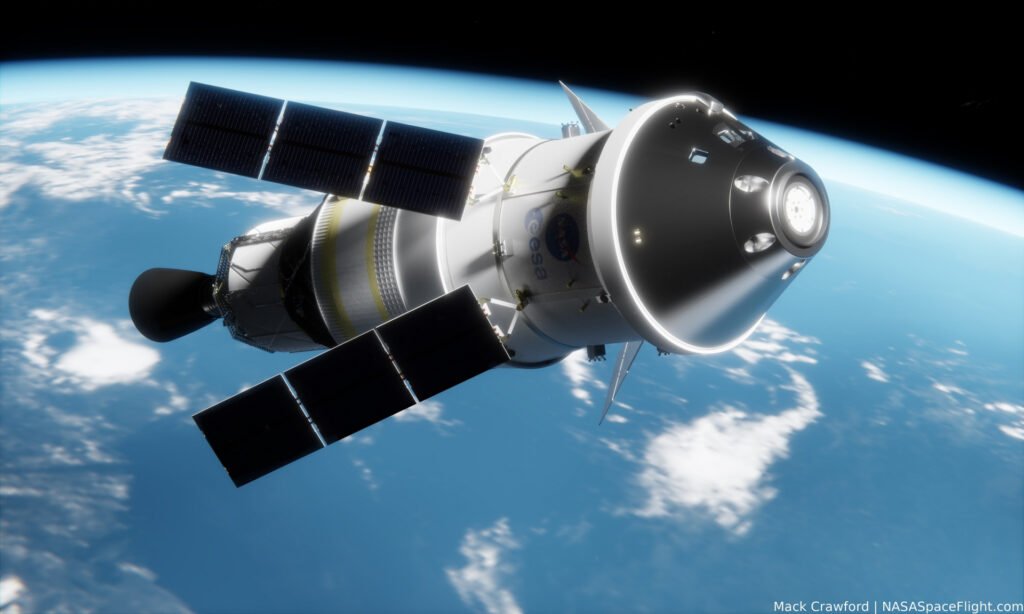The James Webb Telescope continues to provide us with spectacular views of the cosmos, but its latest discovery goes far beyond a beautiful picture. It fundamentally changes our understanding of how planets are born. A recent study has unveiled a bizarre planet-forming disk that is rich in carbon dioxide but strangely lacks water. This unexpected finding, made in the harsh environment of the NGC 6357 nebula, completely defies established models. Therefore, the CO₂-Flooded Planet Nursery is one of the most significant findings to date, challenging everything we thought we knew about cosmic building blocks.
The Unlikely Makeup of a CO₂-Flooded Planet Nursery
Conventional models of planetary formation assume that water vapor is a key ingredient in the inner regions of a young star’s disk. Accordingly, astronomers typically expect to find strong water signatures there. In contrast, the James Webb Telescope found a powerful carbon dioxide signature and very little water in the disk around a young star known as XUE 10. According to lead author Jenny Frediani from Stockholm University, water is “barely detectable.” This dramatic contrast suggests a different process is at play in this particular CO₂-Flooded Planet Nursery in space. The leading theory is that intense ultraviolet radiation is “cooking off” the water, leaving a CO₂-rich environment behind. This shows planetary chemistry can be shaped by external forces.
How the James Webb Telescope Is Rewriting the Rules
This astonishing finding directly challenges our long-held assumptions. The discovery of a CO₂-Flooded Planet Nursery reveals that planets can form from a different mix of chemical ingredients than previously thought. This suggests a far greater diversity in planetary systems throughout the universe. Furthermore, the James Webb Telescope detected rare isotopic variants of CO₂, which could help solve a long-standing mystery about similar isotopic fingerprints found in meteorites from our own solar system. For that reason, this discovery helps us understand our own cosmic origins and shows the incredible power of the James Webb Telescope.
The CO₂-Flooded Planet Nursery and its Environment
This remarkable find was made by the eXtreme Ultraviolet Environments (XUE) collaboration in the massive star-forming region NGC 6357. Known for its intense stellar activity, this region is a perfect cosmic laboratory to study how extreme conditions affect planetary building blocks. The powerful radiation from massive stars in NGC 6357 likely played a crucial role in shaping the CO₂-Flooded Planet Nursery around XUE 10. This is the first time astronomers have been able to study such a disk in detail. Thanks to the power of the James Webb Telescope’s MIRI instrument, we can now observe these distant, dust-shrouded environments with unprecedented precision.
A Universe of Possibilities for Planet Formation
In conclusion, the discovery of a CO₂-Flooded Planet Nursery is a game-changer. It forces scientists to re-evaluate fundamental principles of how planets form and evolve. The findings highlight the critical role of external environments in shaping the chemistry of planetary systems, from our own solar system to distant galaxies. This discovery is a powerful reminder that our universe is far more complex and varied than we can possibly imagine. Ultimately, the James Webb Telescope’s observation of this phenomenon shows that the possibilities for life and unique planetary systems are much broader than we ever believed.
For more news and updates, please visit PFM Today.

